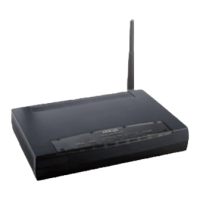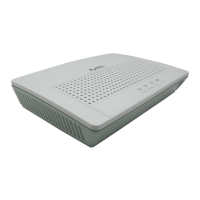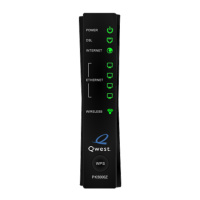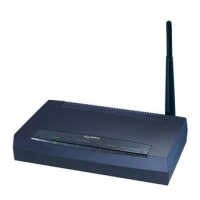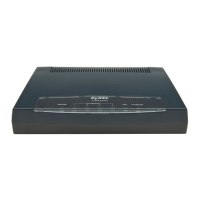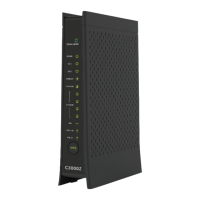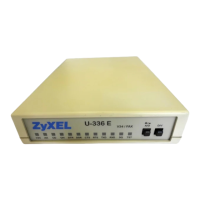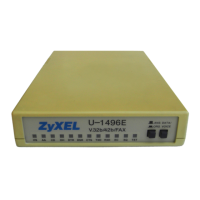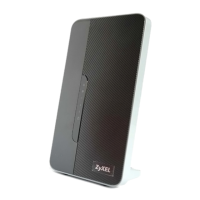What to do if my ZyXEL Communications Prestige 630 won't connect to the Internet?
- WWarren WaltersAug 7, 2025
First, ensure the ADSL port is correctly connected to the wall jack. Then, restart the ZyXEL Communications Modem using the Connect/Disconnect button located in the ADSL Control and Status window. Finally, restart your computer.




